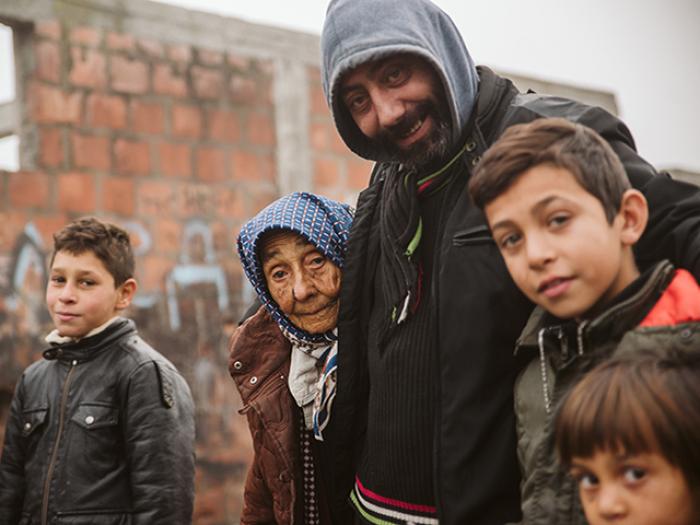
“Already before the pandemic, many Member States failed to bring about real noticeable change for Europe’s Roma communities,” says FRA Director Michael O’Flaherty pointing to earlier research. “With the current EU Roma strategy ending this year, the EU and its Member States must act in future to end the longstanding Roma discrimination and marginalisation that this pandemic regrettably is bringing into sharp relief.”
To counter the rapid spread of COVID-19, governments urge people to maintain physical distances, self-quarantine and regularly wash their hands with soap and water.
However, washing is a challenge for 30% of Roma because they live in households with no tap water, as FRA reports.
Up to 80% of Roma in some countries also live in cramped Roma neighbourhoods with overcrowded housing. This makes physical distancing, a key element of public health measures, close to impossible.
At the same time, quarantine and physical distancing measures are likely to push many Roma further into poverty. Many work in low paid jobs often without social security that depend on contact with other people or involve travel such as collecting scrap material.
“Besides the pandemic and all the health problems it creates, governments are likely to find themselves facing a serious economic and social crisis,” says ODIHR Director Ingibjörg Sólrún Gísladóttir. “Roma are particularly at risk, as well as others who are already vulnerable or are now in danger of slipping into poverty because of the current situation. Governments therefore have an important and urgent responsibility to develop comprehensive and inclusive plans of support – and make sure they are implemented.”
Amid media reports that the pandemic is worsening discrimination and anti-Gypsyism, ODIHR is systematically monitoring the effect of government emergency measures on Roma communities. This complements its work on assisting countries across the 57 countries of the OSCE region to increase the inclusion of Roma communities and combat racism and discrimination.
Buying medication, facemasks and other forms of protective equipment is also a major challenge: within the EU alone, where most Roma live, 80% are at risk of poverty. This compares with the EU poverty average of 17%.
Access to basic services, such as doctors or pharmacies, may also prove difficult because they are often scarce in Roma neighbourhoods. And in times of lockdown, visiting other areas may be discouraged.
As participation and empowerment are key ingredients to sustainable inclusion, such examples should be replicated, and be integral to any future strategy. To move forward, poverty reduction is key. This includes eliminating segregated housing, better access to public utilities like electricity and water as well as more social housing.
The coronavirus pandemic underlines how persistent inequalities have left many Roma in an even more precarious situation than they usually face. Roma communities require urgent and immediate assistance so they can effectively protect themselves against the onslaught of the COVID-19 disease that is underway now, and its economic and social consequences.
International Roma Day, established in 1990, marks the date of the first international meeting of Roma representatives across Europe, on 8 April 1971 in Chelsfield in the United Kingdom.
Follow this news feed: EU





